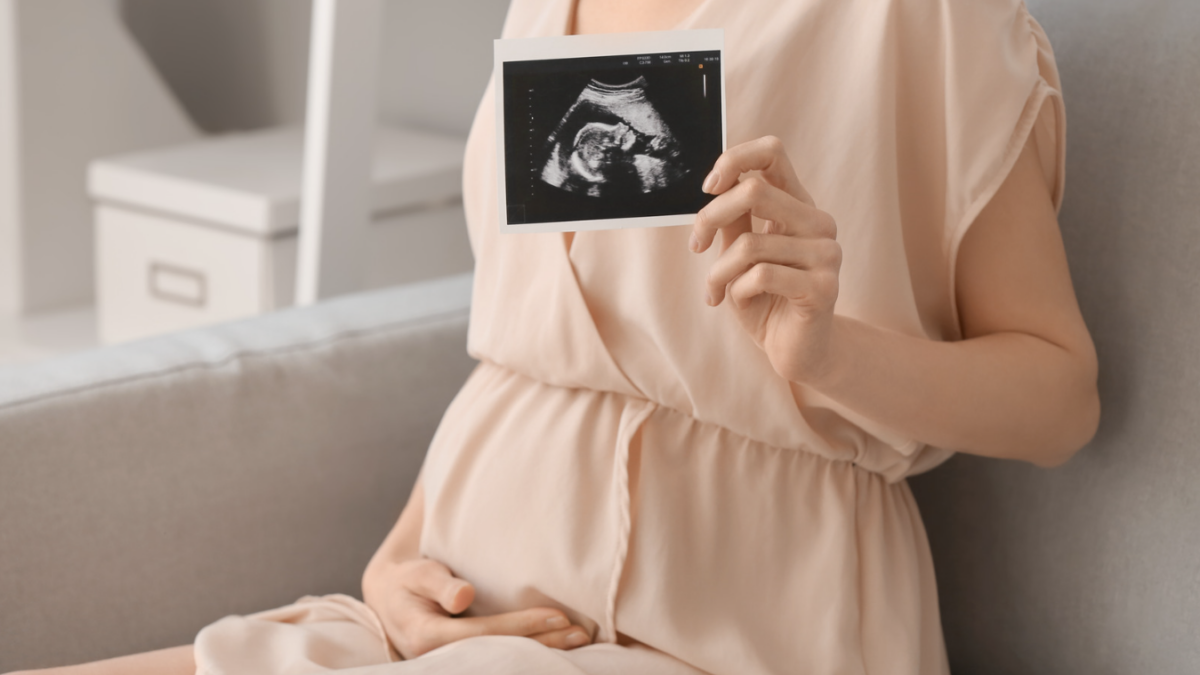
The leadership of the Democratic Party is determined that any rebirth of a pro-life presence in their party be stillborn. Less than a week after Louisiana Gov. John Bel Edwards won reelection against a Trump-backed Republican challenger, the Democrats’ Association of Attorneys General declared that they were imposing an abortion litmus test on candidates. Pro-life Democrats like Edwards can win in red states, but the national party would rather lose than elect pro-life Democrats to top state government positions that would provide them a platform.
This is only one example of Democrats’ increased abortion extremism. Bill Clinton’s actions belied his rhetoric, but he at least paid lip service to the idea that abortion should be “safe, legal and rare.” Today, the Democratic Party proudly demands taxpayer-funded abortion on demand until birth, all of the leading candidates for the Democratic presidential nomination reject any limits on abortion, and its national organs are excommunicating possible pro-life candidates.
The leaders of the Democratic Party are radically pro-abortion—the euphemistic label “pro-choice” is nonsensical when applied to a policy of unlimited taxpayer-funded abortion. They have left behind the American voters, including their own base. Abortion polling is notoriously difficult, but it is clear that comparatively few Americans, or even Democrats favor unrestricted abortion. Yet the Democratic Party champions this fringe position and sacrifices winnable races to uphold it.
Money and voter intensity explains some of this: the voters who want unlimited abortion really want it and their interest groups and lobbyists are very well funded. Additionally, the national news media skews far left on abortion, which is why, for instance, there has been so little coverage of the extremism of the current crop of Democratic presidential contenders. Their views may be radical in the country at large, but they are standard in big-time newsrooms.
The Ultrasound Factor
However, there is another, albeit counterintuitive, factor: the humanity of developing persons in the womb has become undeniable. The age of ultrasound has punctured the comforting myth of abortion that it doesn’t really kill a person. The old claims of abortion advocates that a fetus is just a clump of cells have been exposed as ignorant superstition. The power of such illusions wanes as we watch our babies dance around in the womb and when we post in utero pictures on the fridge.
As Caitlin Flanagan recently observed in The Atlantic, “The argument against [abortion] is a picture.” But as her writing also demonstrates, the increased visibility of life in utero has not ended the argument over abortion. Flanagan’s article provides a powerful, if confused, illustration of this. Against the humanity of the developing person, Flanagan posits the horrors of illegal abortions. Restricting abortion, she suggests, means sacrificing woman’s lives to an unacceptable degree.
At first, this makes little sense. Although Flanagan writes powerfully of desperate efforts at primitive contraception and of monstrosities such as Lysol-induced abortions, her anecdotes were out of date by the time Roe v Wade was decided, and they are hopelessly anachronistic today. Reliable birth control methods are readily available and illicit abortion methods (and medical care if they go wrong for the mother as well as the child) have advanced since the days when a woman might have her womb filled with household cleaners. Flanagan is too smart to really be worried about a future surfeit of Lysol abortions.
However, the irreconcilable conflict Flanagan detects between the lives of women and the lives of humans in utero makes more sense if we realize that the stakes for women are seen as including not just life and death, but also self-determination about their lives. The most coherent argument for abortion is not the claim that the developing human being in utero is not a person until the second trimester, or until the third trimester, or until birth.
Rather, it is the assertion that women have an absolute right to refuse to allow their bodies to be used by another person. No one can be forced to assume the responsibility of care for someone else, so a woman has the right to violently dispose of the dependent child growing inside her womb.
This argument takes no account of fetal development or viability, and it is out of step with the American mainstream, which becomes more hostile to abortion as the child grows in the womb, However, it has a logical clarity that the fuzzy middle ground on abortion lacks, and is therefore uncompromising. The fuzzy middle wants abortion available to some extent, but without accepting the full moral weight of it.
Democrats Even Agree It’s a Baby
In contrast, the extreme position that has become orthodoxy in the Democratic Party begins by accepting the moral weight of abortion and ends by denying it entirely. By making the deciding point a woman’s right to violently refuse to allow her body to be used or depended upon, it accepts the moral guilt of the decision to abort, for whatever reason and at whatever point in pregnancy. As an abortionist recently admitted in The New York Times, abortion is the killing of “a developing human being.”
This would seem to acknowledge the moral gravity of abortion, but because this reasoning denies that the status of the child in the womb is of any significance against the woman’s claimed right to autonomy, it devolves into shameless pro-abortion stridency—for all her rhetorical hand-wringing, the abortionist quoted above opposes all limits on her practice of ending human lives. The result of this attitude is the modern Democratic Party, which demands unlimited government-funded abortion on demand, and will sacrifice its chances in conservative states to defend this position in all of its perverse purity.
Some might respond that this is merely the reverse of the position of abortion opponents, who focus on the developing human in utero to the exclusion of the woman whose body the child is using as an incubator. Perhaps the mushy, muddled middle has a point in its attempts to balance the rights of the mother and the child to reach some sort of equilibrium that increases restrictions on abortion as the baby develops in the womb.
But this presumes an adversarial pitting of the rights of the mother against those of the child, a framework that need not be accepted. If the abortion debate is, as Flanagan argued, unwinnable, it is because our culture is looking at it through the wrong lens.
If liberal individualism sets mother against child like this, then to Hell with liberal individualism. And pro-life Democrats may be particularly well-positioned to make the case that there can never be true social justice, or even an approximation of it, in a nation that sets the interests of parents against those of their children and therefore sanctions abortion on demand.
As citizens of such a nation, we are accused by those little bodies we watch dancing around on ultrasound monitors, and by the photographs in black and white that we post on the fridge and share with friends and family. We know what we do.
After such knowledge, what forgiveness?









